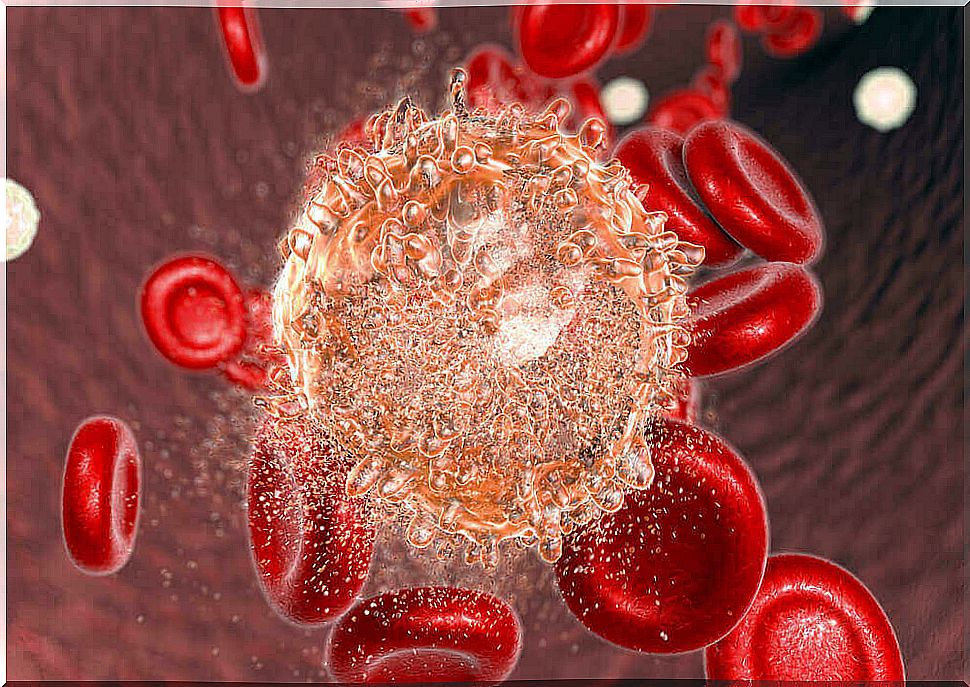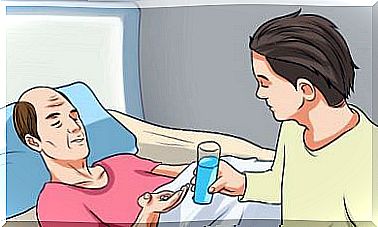Febrile Neutropenia: Causes And Treatment

To understand what febrile neutropenia is, you first need to define the concepts of fever and neutropenia. The next step is to present the clinical picture.
To talk about febrile neutropenia, we need a definition of both fever and neutropenia. After determining them, we can move on to the clinical features. Fever is commonly associated with an increase in body temperature above normal. Doctors consider a fever to exceed 38 degrees.
Temperature up to 37 degrees is normal. Between this value and 38 degrees Celsius, it is said to be a low-grade fever. Neutropenia is a drop in the number of white blood cells called neutrophils. Doctors give a value of less than 500 per milliliter of blood for neutropenia.
High temperature combined with low levels of neutrophils lead to febrile neutropenia. This is a serious condition because a shortage of white blood cells makes it difficult to fight the infection. Such cases require immediate medical intervention. Usually, this condition affects immunocompromised and oncological patients .
The main thing is to prevent febrile neutropenia from turning into sepsis. Sepsis is a bloodstream infection that affects many organs at the same time. This is a serious clinical condition that requires hospitalization and treatment with strong antibiotics.
Febrile neutropenia: prevalence

Often times, febrile neutropenia affects people with weakened immunity. A typical example is patients with cancers of the blood or bone marrow. Cancerous blood diseases such as leukemia decrease the level of neutrophils in the patient’s body. Infections then appear more often.
Sometimes it is not the cancer of the bone marrow that causes the neutropenia, but a tumor in another organ. If this tumor produces toxic substances, they can affect the production of white blood cells in the bone marrow.
Cancer treatment can also cause neutropenia. Chemotherapy with drugs such as cisplatin or docetaxel also negatively affects the bone marrow. Therefore, febrile neutropenia may occur during chemotherapy. This is a complicated side effect that is difficult to prevent.
Children who do not suffer from cancer are in a special situation. In their case, the process is reversed, as it is not the infection that causes the decrease in neutrophil levels, and the low level of neutrophils causes the infection.
Classification
Medicine had to develop mechanisms to classify patients with febrile neutropenia in order to be able to estimate its risk. The most commonly used scale is MASCC.
Thanks to MASCC, the doctor can assign points to specific parameters and assess the degree of risk. In the MASCC table, a value above 21 points means low risk and better forecasts for the future.

In general, a patient with febrile neutropenia is at risk when the fever lasts more than seven days and the level of neutrophils remains below 100 per milliliter of blood. The condition worsens when it comes to:
- Respiratory disorders such as pneumonia
- Neurological symptoms
- Low blood pressure
A high-risk MASCC patient should be hospitalized. He is treated immediately with antibiotics.
Low-risk patients can be treated on an outpatient basis. Therefore, they do not need to be hospitalized. They are administered antibiotics orally, monitored and, if necessary, transferred to a hospital ward.
Treatment of febrile neutropenia
The main treatment of febrile neutropenia is antibiotics. It begins with certain pharmacological regimens determined depending on the causes of the infection.
This procedure is called empirical treatment. This is a broad-spectrum mode without confirming the source of the infection. It is possible to administer one or two antibiotics simultaneously.
Antibiotic treatment climaxes when the fever is gone for forty-eight hours and the white blood cells return to normal levels. Culture is performed regularly to confirm the action of the antibiotics.
If you have an immune-suppressing medical condition, developing a fever should prompt you to see a doctor. Do not postpone visiting a specialist or starting treatment. This is because febrile neutropenia is life-threatening.









